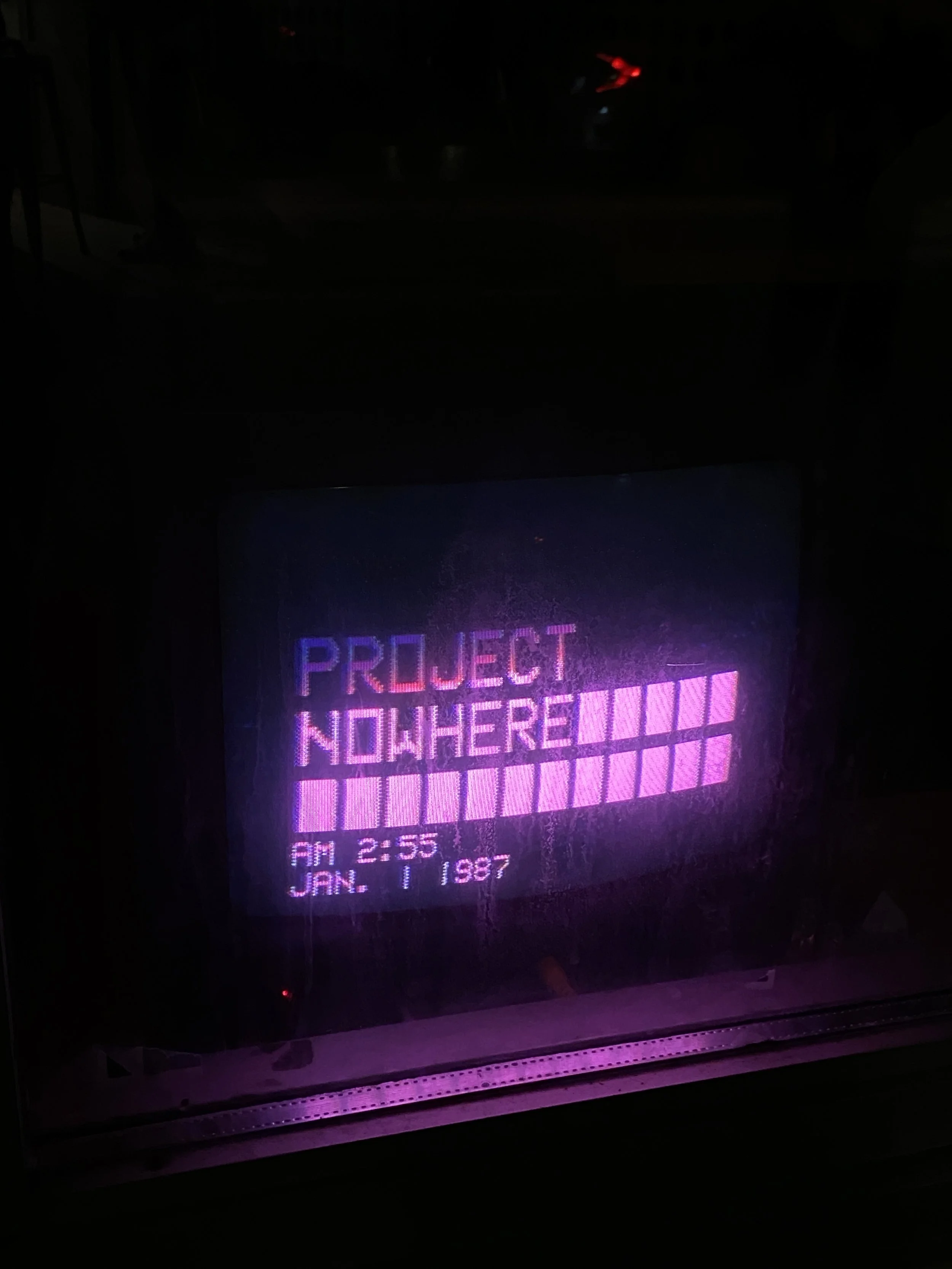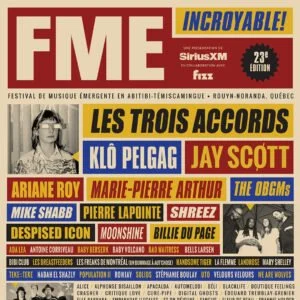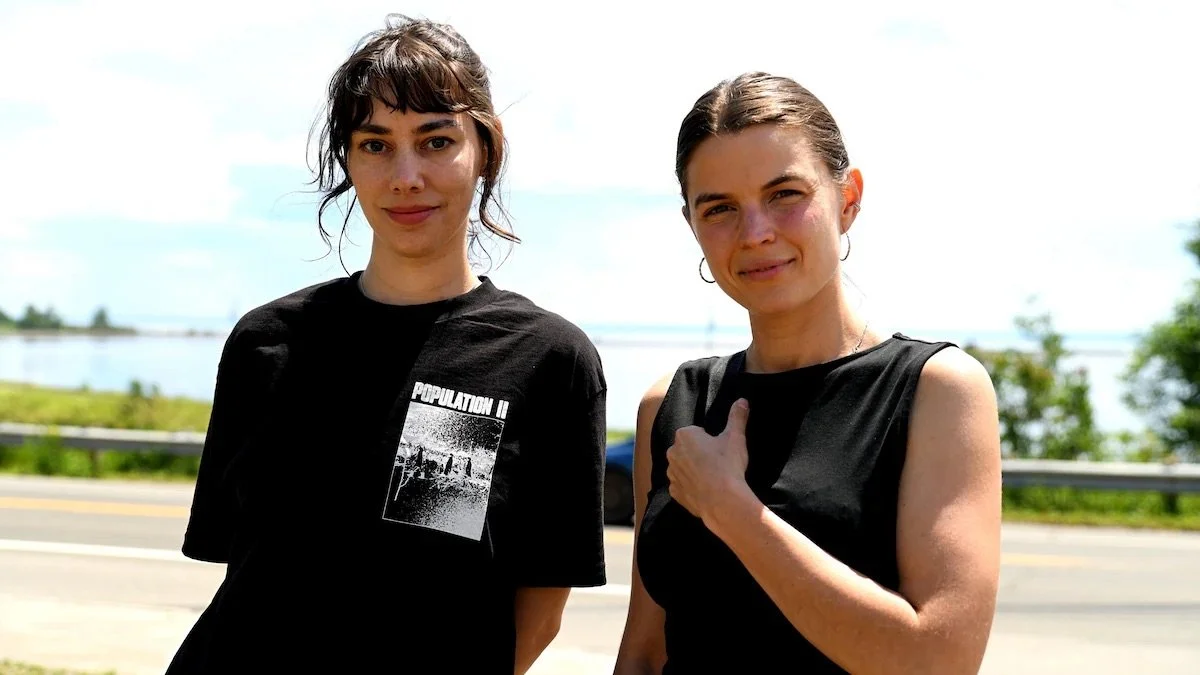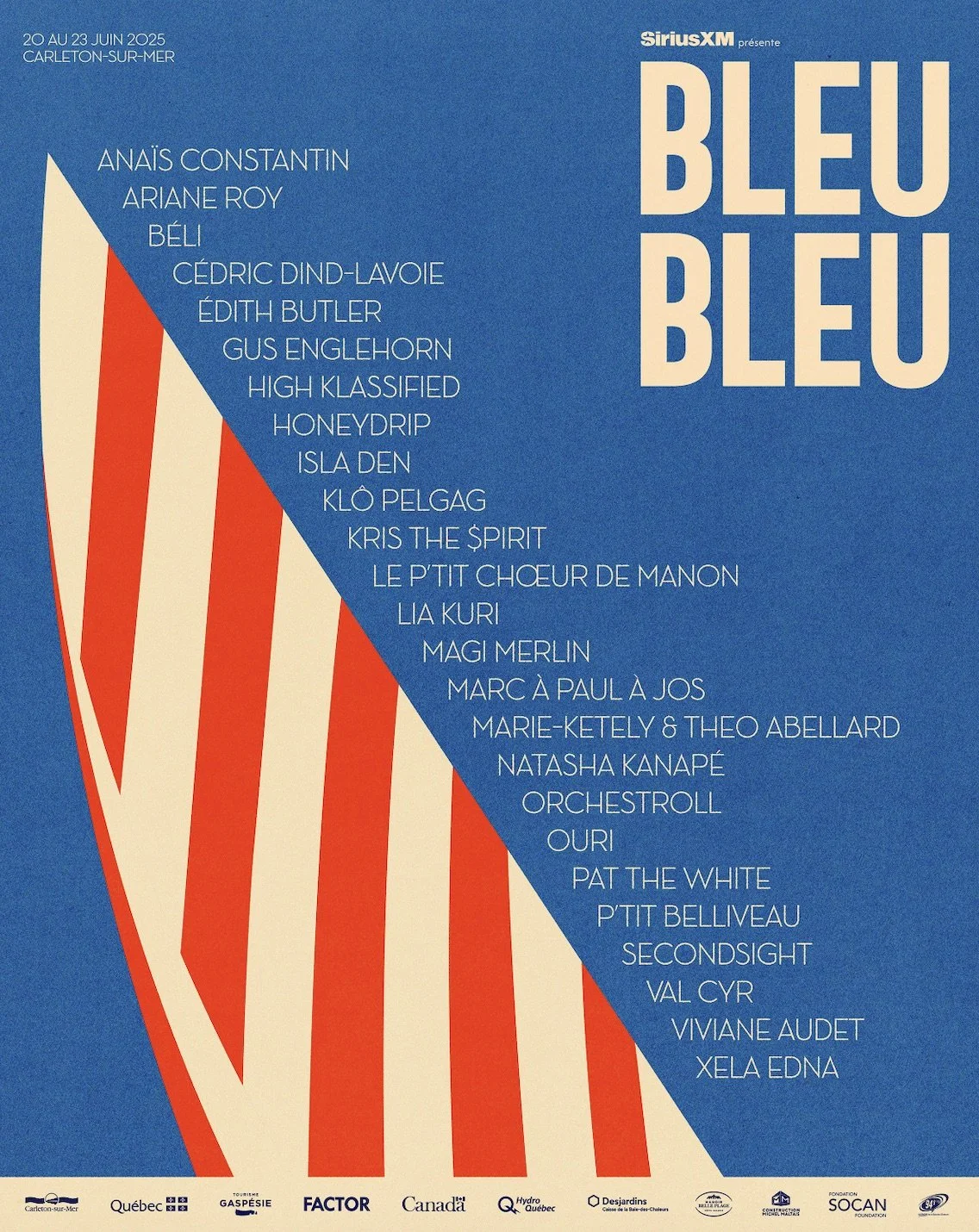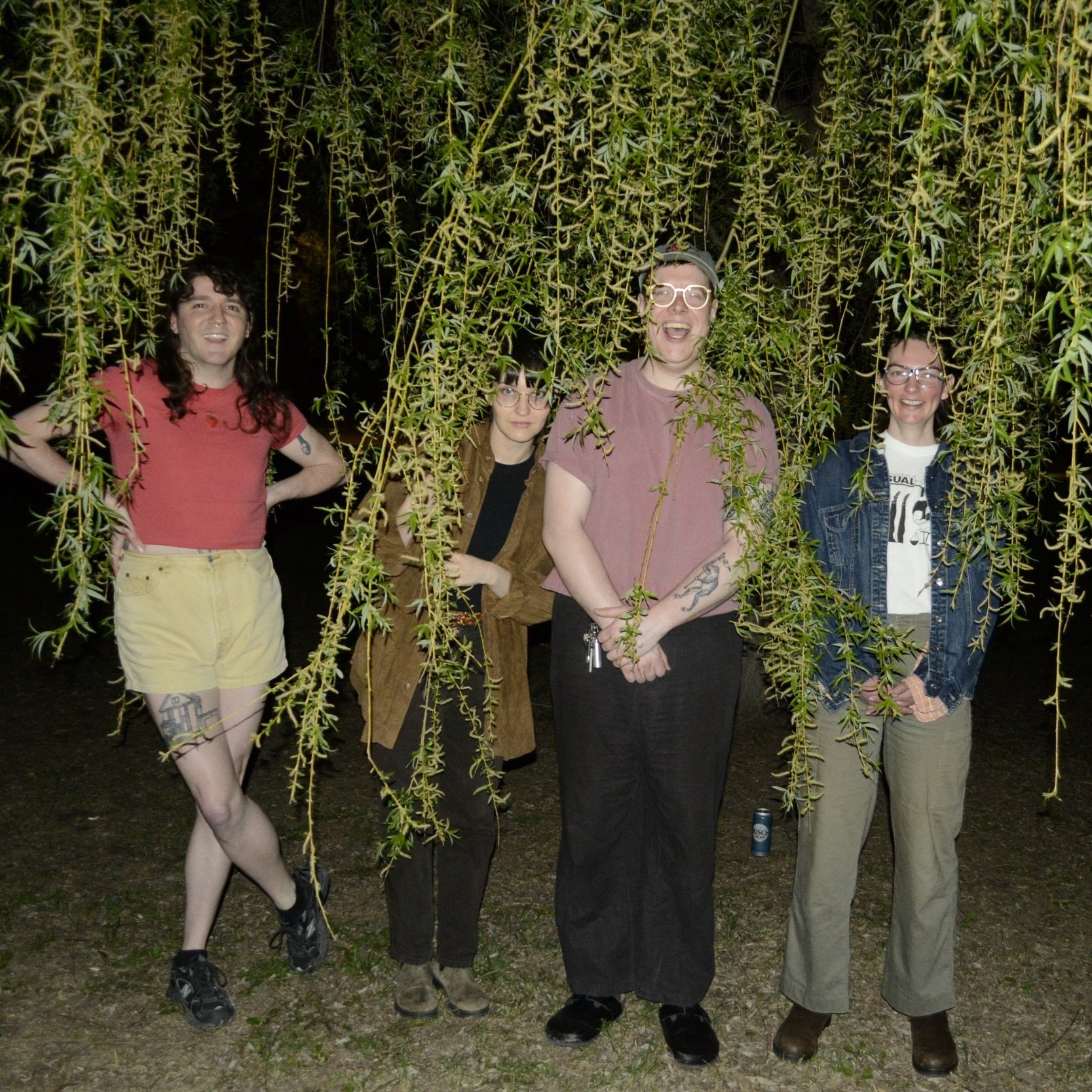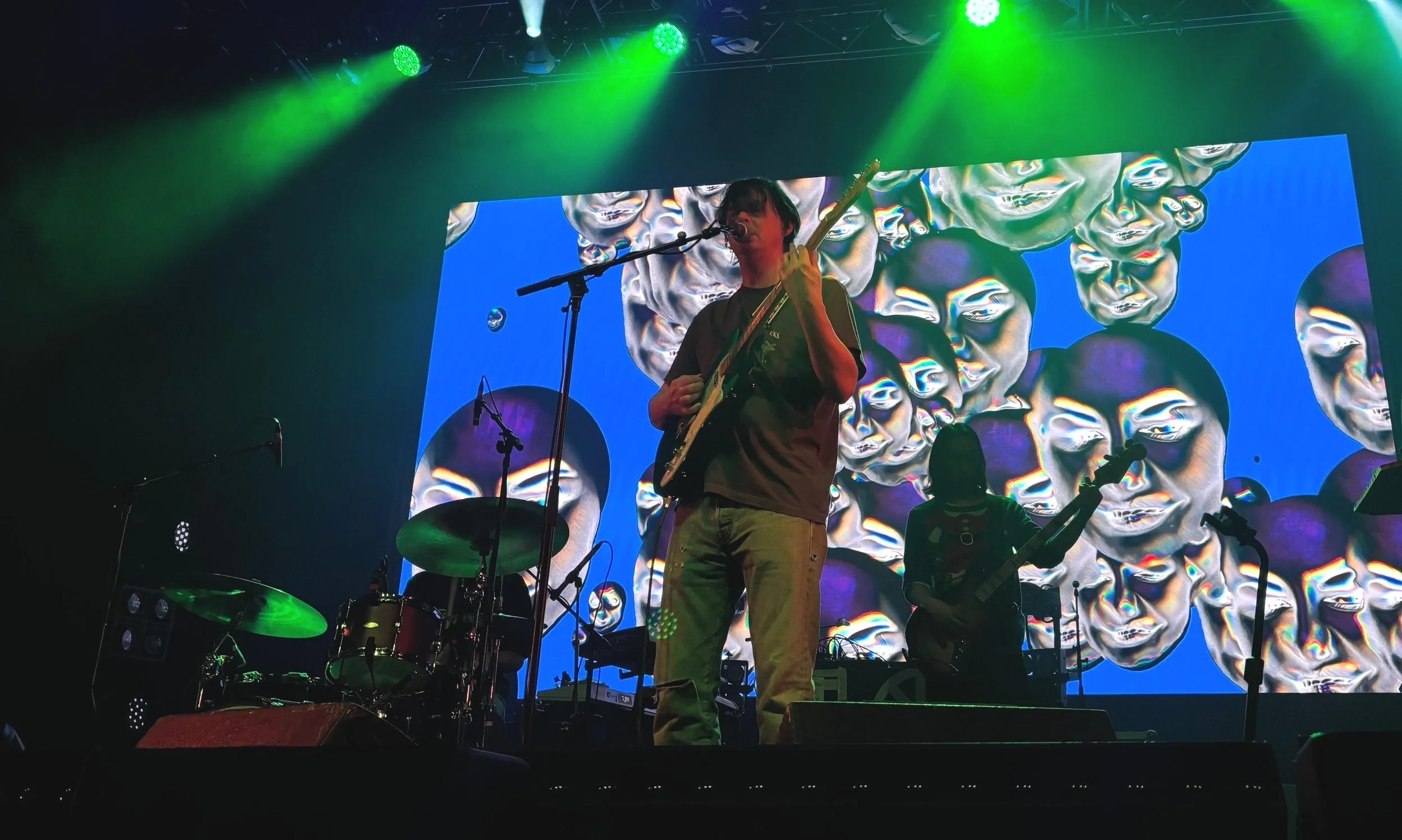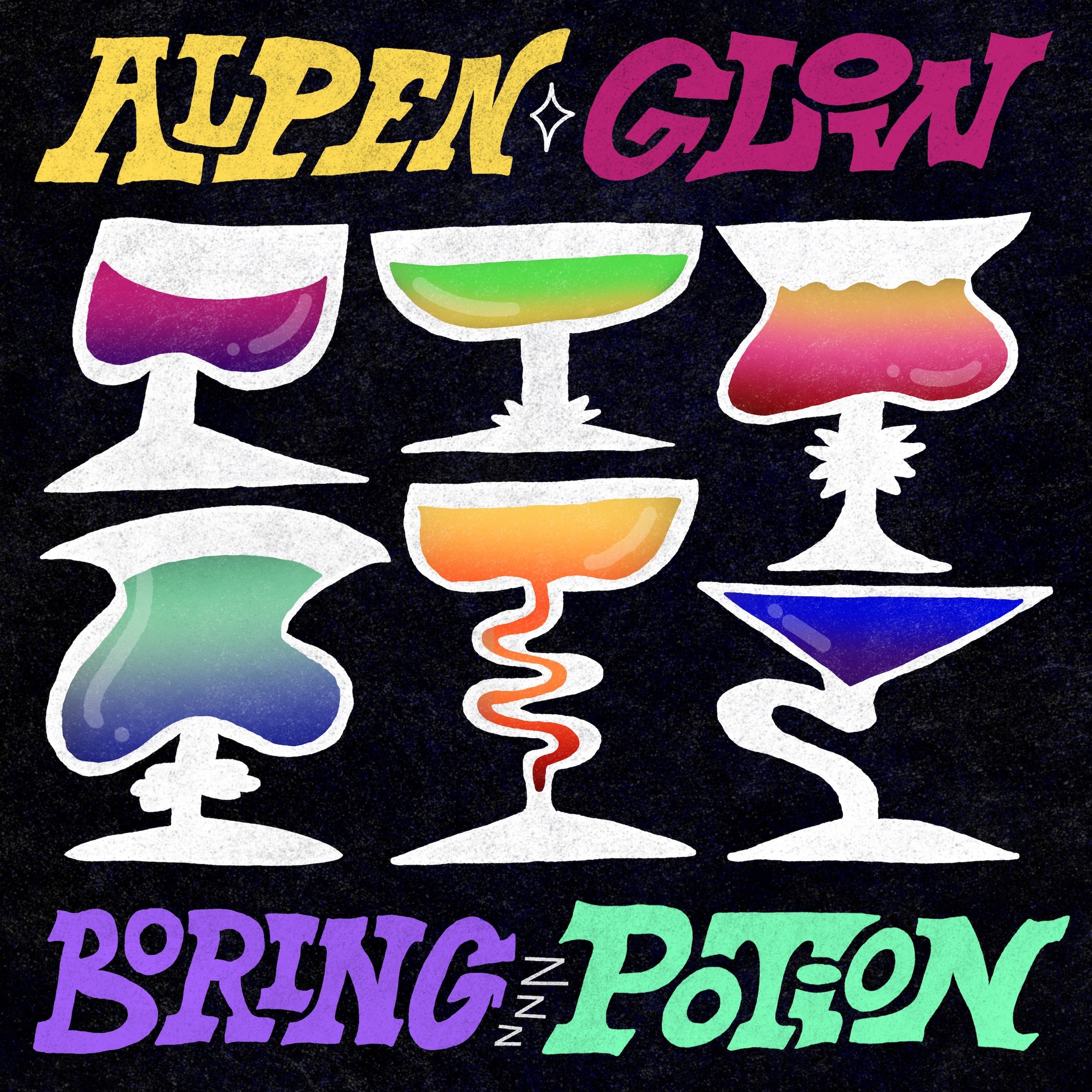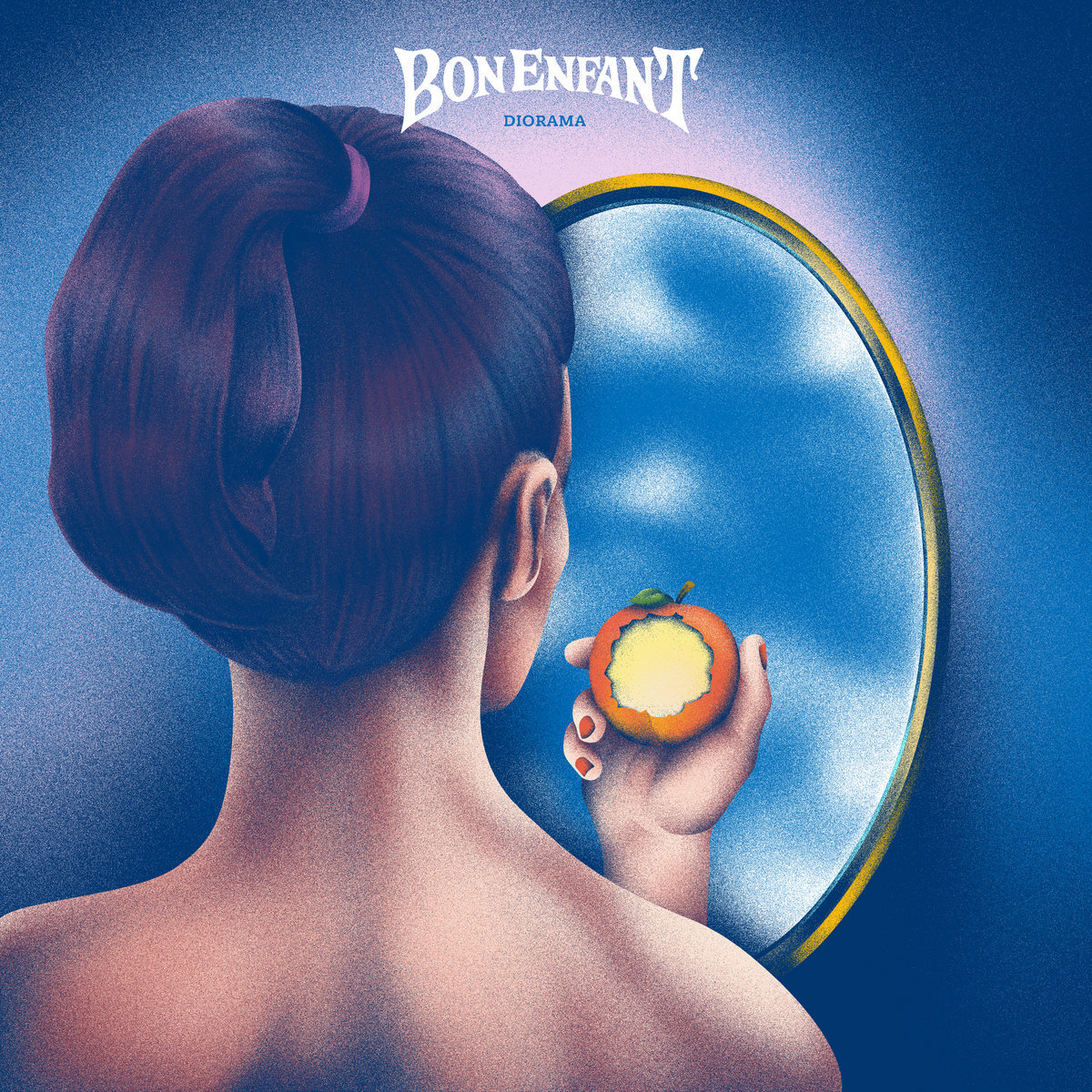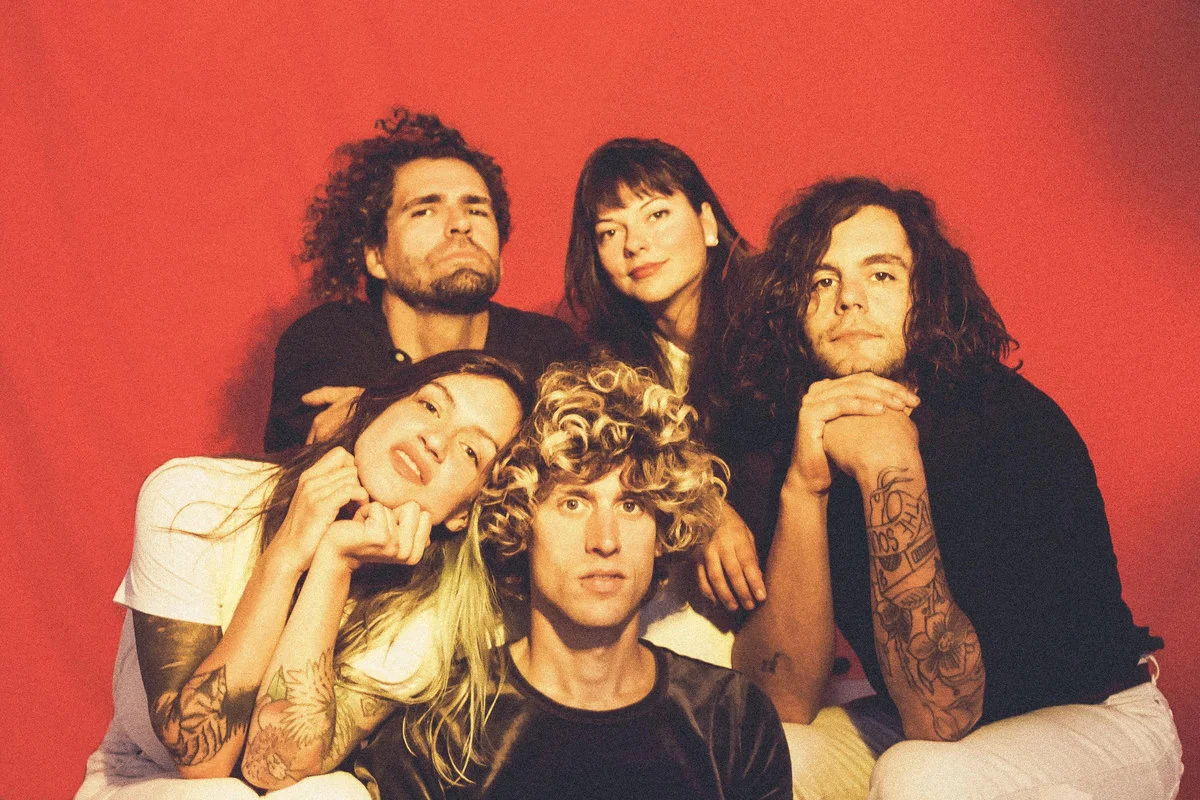Public Appeal Struts "On The Scene" with New Single
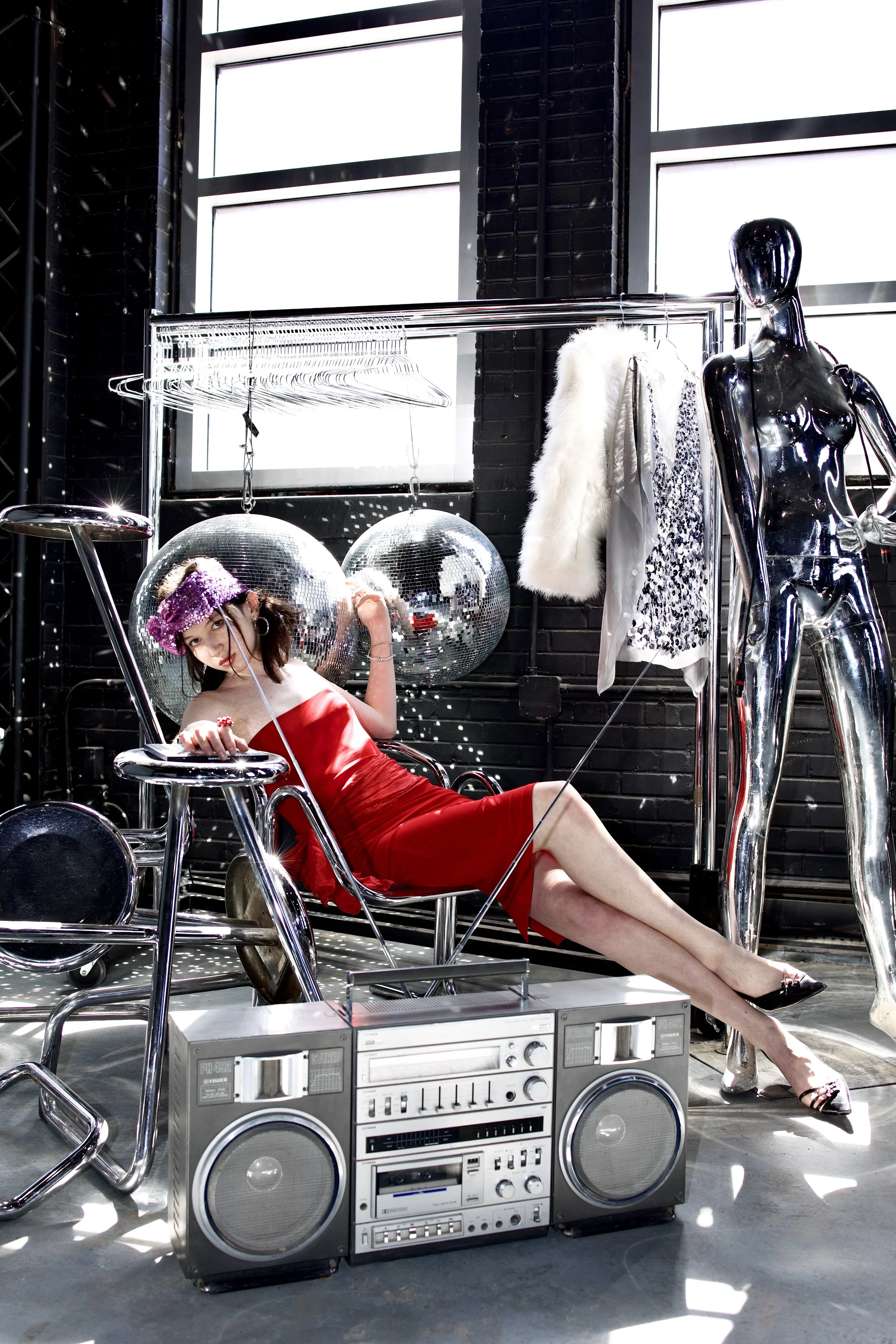
Public Appeal by Pikoi
Montreal pop provocateur Public Appeal steps into her spotlight with new single “On The Scene,” out now via Arbutus Records.
Co-produced with bounce2, the track is a dizzying electro romp that cements Public Appeal as an avatar of indie sleaze’s next wave. Clocking in at just over two minutes, the avant-pop artist flips between slick rap flows and candy-sweet coos, channelling the swagger of Kreayshawn and early Ke$ha. For those tapped into Montreal’s underground, her ascent comes as no surprise — she’s previously enlisted the likes of Babynymph and Ayesha Erotica to sharpen her sound. But this release puts her star on full display.
Said Public Appeal of “On The Scene”:
“I wrote the song two years ago when I was freshly 19 – it's one of those songs that encapsulates feeling like a teenager but having the freedom of an adult with endless possibilities. Even though the song has a fun and playful manner, it also deals with emotions of confusion and insecurity, wanting to disappear and create a new life for myself through a new lens. ‘On The Scene’ is the typical 19-year-old city living.”
Filmed at infamous Montreal haunt Système, the single’s music video captures Public Appeal in full debutante form — decked out in a chunky belt and vintage white frames, strutting through the club in a late-aughts fever dream. The footage flits between chopped-up party scenes and self-assured bathroom confessionals; flash by flash, she’s announced her arrival. With mismatched fashion and irreverent confidence, Public Appeal rises beyond the revival.
Public Appeal
Instagram | Bandcamp | Spotify
Rebecca Judd is the Editorial & Operations Lead of Also Cool Mag. She is currently based in Ottawa.





